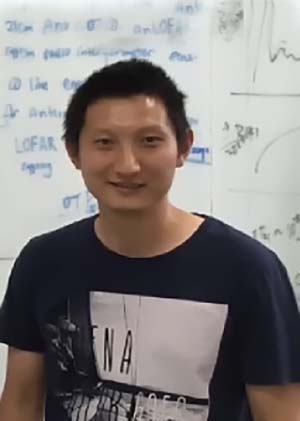USTC Astronomy Colloquium Series: 2019 Fall
The 21-cm cosmology in the era of SKA
茅奕 教授
清华大学
2019/12/15, 4:00pm , the 19th-floor Observatory Hall

The 21-cm signal from the epoch of reionization (EOR) contains a wealth of information with regard to how astrophysical sources ionized the intergalactic medium at high redshifts. Upcoming radio interferometric experiments such as the Square Kilometre Array (SKA) will have enough sensitivity to uncover details of cosmic reionization. However, endeavors must be taken to ensure that we understand the signal in depth and prepare for analysis of big data. In this talk, we will report our recent efforts in two aspects: data analysis with deep learning for SKA Phase 1, and new 21- cm observables for SKA Phase 2. (1) We apply the technique of deep learning with 3D convolutional neural networks and show that this new technique can be employed to recover the parameters of reionization model directly from the 21-cm lightcone 3D images. We also apply the artificial neuron networks and show that it can recover the ionized bubble size distribution from the 21-cm power spectrum from the EOR, with high accuracy. (2) We propose to extract the antisymmetric part, particularly the dipole, of the cross power spectrum between the HI 21-cm and CO emission line, as a new probe of the EOR. The non-zero detection of the dipole of the 21cm-CO cross power spectrum will be a smoking gun for cosmic reionization.
Prof. Yi Mao obtained his B.S in physics at Peking University, and Ph.D. in physics at MIT in 2008. He was a postdoc at the University of Texas at Austin and later as a Lagrange postdoctoral Fellow at the Paris Institute of Astrophysics (IAP). In 2015, he joined Tsinghua University as an assistant professor. He is a theoretical and computational astrophysicist. His research focuses on modeling the epoch of reionization with both analytical approaches and numerical simulations, and predicting the signatures of reionization on observations such as the cosmic 21 cm background.
 邮编:230026 ,
邮编:230026 ,  联系电话: 0551-63601861
联系电话: 0551-63601861 Email:
Email: